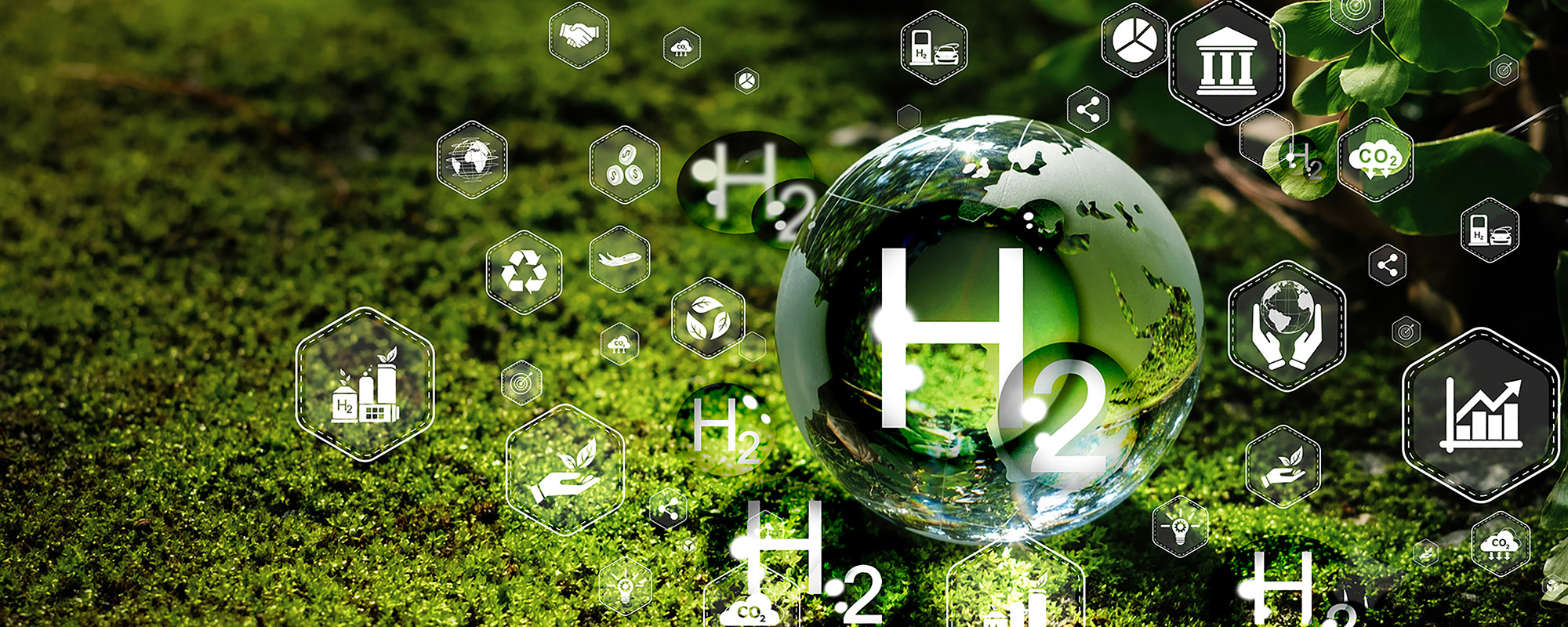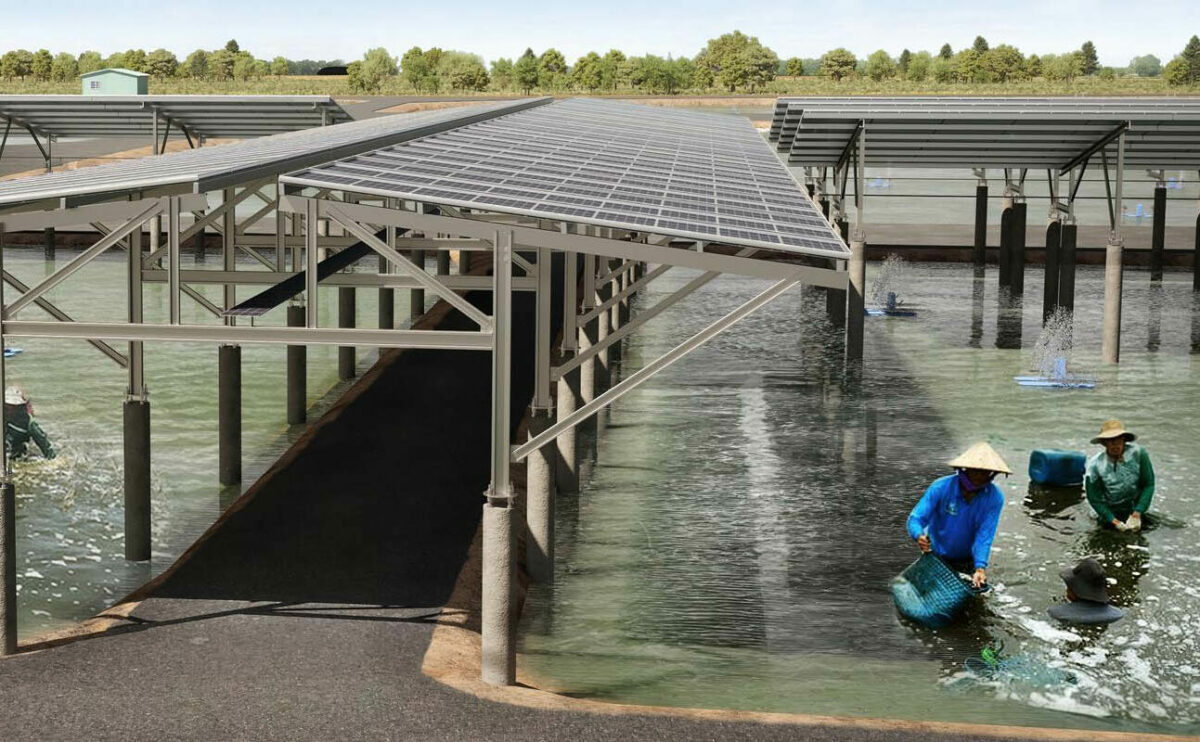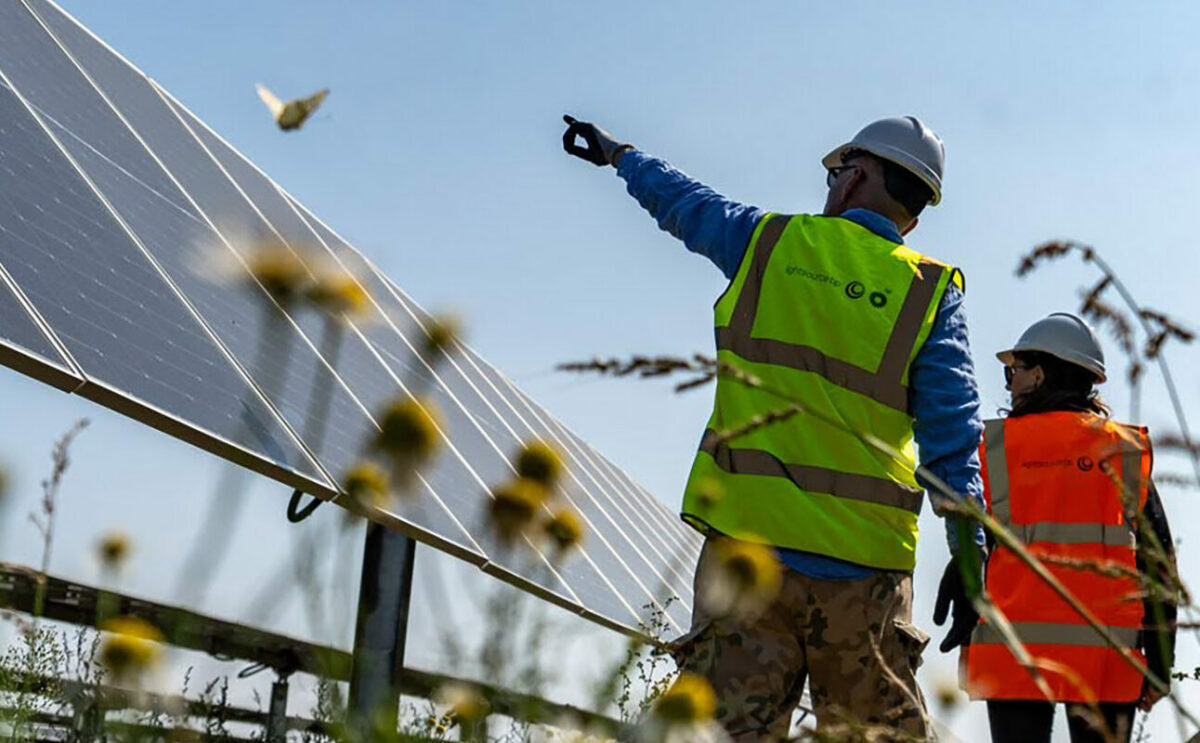Green hydrogen: How solar supports the 'skeleton key' of decarbonisation
Solar power is great. It’s the cheapest electricity ever produced. It’s scalable from residential rooftops to utility-scale power plants. It’s quick to deploy and effective right around the world from Oslo to Auckland. Solar energy plants have 95% lower lifetime emissions than an equivalent coal-fired power plant.
By putting more renewables in the generation mix we use and ramping up the electrification of our world the greater scope there is to cut carbon.
But another huge game changer is if those sectors that have traditionally relied on fuels like coal or gas rather than electricity could also join the decarbonisation party. Cue green hydrogen.
Green hydrogen is a combustible gas made by splitting water molecules into hydrogen and oxygen using cutting-edge electrolysers. The ‘green’ moniker comes from using renewable energy to power those electrolysers. (There is more on the full spectrum of hydrogen in this World Economic Forum blog)
Lightsource bp is exploring hope best to optimise solar for the green hydrogen projects of the future.
With a low-carbon gas in hand lots of industrial processes that electrification couldn’t support, have a potential path to decarbonisation. Huge swathes of greenhouse gas emissions cannot be cut rapidly by electrification alone, sectors like fertiliser production and heavy transport.
That means as well as deploying solar for use as electricity, even more renewable power projects will be required for green hydrogen production. Lightsource bp is already ratcheting up our growth with this new source of demand in the offing. In five years our opportunity pipeline has ballooned from 1.6GW to around 55GW – and still rising.
Green hydrogen is often described as the skeleton key of decarbonisation. Here are some of the many locks it could open:
Agriculture
Agriculture accounts for 11.6% of global emissions. Around a third of all the world’s hydrogen today is used for ammonia, the core ingredient in fertiliser. Ammonia is made by combining hydrogen and nitrogen and is more energy dense than hydrogen alone. That makes it more efficient to transport too.
Aviation
A hard circle to square. Reducing air travel has a huge impact on your personal emissions but stopping all air travel would be very difficult isolating vast populations of people. Hydrogen powered drivetrains are being developed that would work with today’s airplane designs rapidly speeding up deployment. Test flights with small aircraft have already happened with one company on track to have a 40-80 seater aircraft in the air in 2026.
Shipping
Another tricky sector to deal with simply by replacing it. Long distance sea freight is the backbone of global supply chains. Hydrogen can also be converted into methanol, another energy dense fuel. One of the world’s largest shipping companies AP Moller-Maersk has already ordered 12 huge methanol powered container ships that will take to the seas in 2024 and 2025.
Back to electricity again…
Singapore has a thriving economy but not a huge amount of space. That makes powering that economy with renewables challenging. One idea it is pursuing is using small scale power plants to burn ammonia that it will import from countries blessed with renewable resources. Australia is one nation where large-scale ammonia production projects using green hydrogen are progressing beyond feasibility studies.
Data: Climate Watch Historical GHG Emissions. 2022. Washington, DC: World Resources Institute. Available online at: https://www.climatewatchdata.org/ghg-emissions
Related news & insights
18 Dec, 2025
Energy in Focus – In-house cross-functional teams building quality projects
Ric Hatton, Director of Delivery for EMEA, has spent most of his career in power generation industry, with a keen interest in managing utility-scale renewable projects.
04 Dec, 2025
Energy in Focus – How local partnership and community engagement sparks project success
At Lightsource bp, we deliver renewable energy and storage solutions while seeking to enhance ecosystems, local economies and progressing a sustainable supply chain.
20 Nov, 2025
Energy in Focus – Building a culture of safety at Lightsource bp
In our first Energy in Focus episode, Will Manchas, Head of HSE for USA and EMEA shares how our Golden Rules help us protect ourselves and others.




